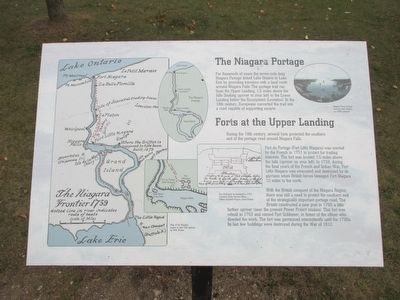As you pass by this historical aircraft, the Douglas A-4B Skyhawk, let your imagination take flight back to a pivotal era of military aviation. This aircraft, developed by the Douglas Aircraft Company, first took to the skies in 1954. Designed by the visionary Ed Heinemann, the Skyhawk was intended to be a compact, nimble attack aircraft. Despite its small size, it packed a powerful punch and quickly became a favorite among pilots.
The A-4B variant, which you see here, was an evolution of the original design, featuring advanced avionics and increased fuel capacity. It played a crucial role during the Vietnam War, providing close air support to ground troops and engaging in daring bombing missions. This model marked a significant shift in military aviation, emphasizing speed and agility over sheer size.
One of the most notable figures associated with the Skyhawk is John McCain, who flew this type of aircraft during his service in the Vietnam War. His experiences and heroism are forever linked with this iconic plane.
Over time, the A-4B Skyhawk became a symbol of innovation and resilience, serving not only in the U.S. Navy and Marine Corps but also in the air forces of several other nations. Its design influenced many future aircraft, setting a standard for multi-role combat planes.
Standing here, this Skyhawk is not just a relic of the past but a reminder of the technological advancements and the brave individuals who soared in these skies.


